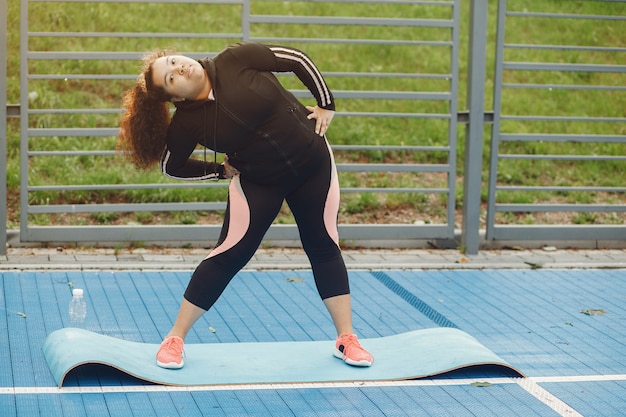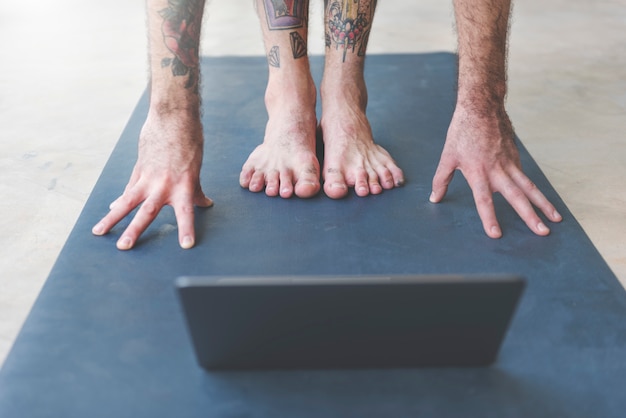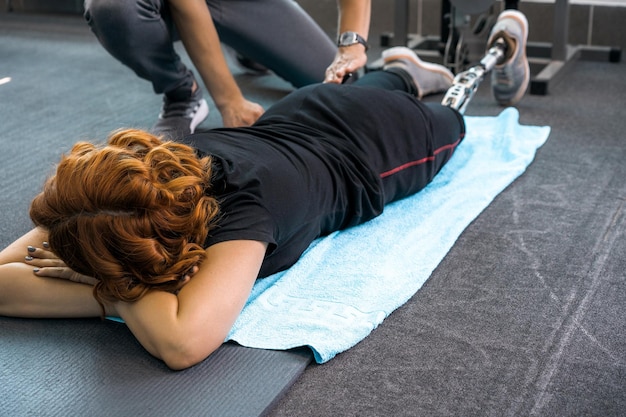If you're a weekend warrior—someone who packs intense physical activity into just a couple of days a week—flexibility isn’t just a nice-to-have. It’s essential. Poor flexibility increases injury risk, limits performance, and slows recovery. But with the right approach, you can improve mobility, enhance athletic performance, and stay consistent—without spending hours stretching every day.
This comprehensive flexibility checklist is designed specifically for busy adults who want real results without overhauling their schedules. Learn how to start fast, build sustainable habits, and measure progress weekly to stay motivated and injury-free.
Weekend warriors often jump into sports, hiking, or gym sessions with minimal warm-up and inconsistent training during the week. This pattern increases strain on tight muscles and stiff joints. Over time, this leads to imbalances, reduced range of motion, and a higher risk of strains, sprains, and overuse injuries.
Improved flexibility enhances joint mobility, supports better posture, and allows for more efficient movement. It also aids in recovery by increasing blood flow and reducing muscle soreness—critical for those who push hard in short bursts.

Consistency beats duration. Instead of aiming for long stretching sessions, commit to just 10 minutes a day, 5–7 days a week. This micro-habit is sustainable and builds momentum.
Focus on major muscle groups used during weekend activities: hamstrings, hips, shoulders, and lower back. Include a mix of dynamic stretches (before activity) and static holds (after activity or in the evening).
Never jump straight into intense activity. Spend 5–10 minutes warming up with dynamic mobility drills. This primes your nervous system and muscles for movement.
Example pre-activity routine:

After your weekend workout or game, spend 10–15 minutes on static stretching and foam rolling. This helps reset muscle length, reduce soreness, and improve long-term flexibility.
Target areas that feel tight or were heavily used. Use a foam roller on quads, calves, and upper back for 1–2 minutes per area, then follow with gentle static stretches.
Tracking keeps you accountable and shows tangible results. Use simple tests to assess flexibility every Sunday:
Record results in a journal or app. Small improvements add up and keep motivation high.

Flexibility isn’t just for yogis or elite athletes. For weekend warriors, it’s a performance enhancer and injury shield. By starting small, focusing on key movements, and tracking progress weekly, you’ll build a sustainable routine that supports your active lifestyle.
Remember: consistency over intensity. Ten minutes a day adds up to 70 minutes a week—more than enough to see real change. Stick with it, measure your progress, and enjoy greater freedom of movement every weekend.

Fitness

Fitness

Fitness

Fitness

Wellness

Wellness

Fitness

Fitness

Fitness

Fitness

Fitness

Fitness

Health

Fitness

Health

Health